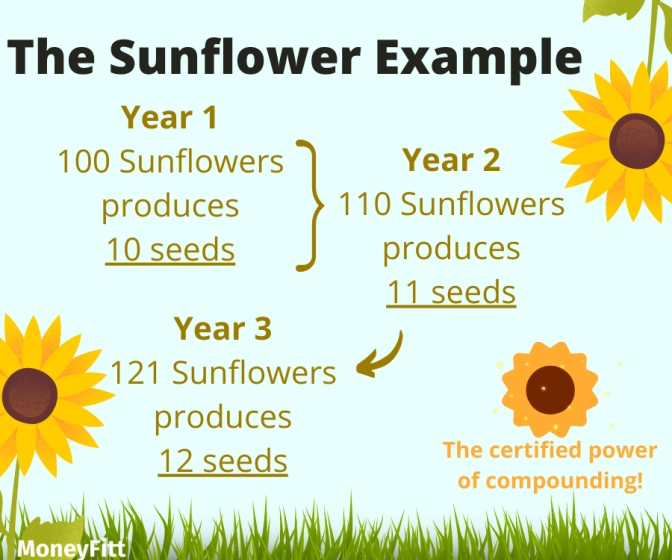FIRE Movement: Advantages, Disadvantages and Tips!
Should you join the growing movement of FIRE? 🔥
- The Financial Independence Retire Early movement is a strategy for early retirement, often decades before the traditional retirement age. FIRE followers save extreme amounts of their take-home income and cut their expenses to save and invest as much for retirement as possible.
- Ideally, the amount of money saved and invested towards retirement should generate enough passive income to cover expenditures after retirement.
- For many, FIRE requires a level of frugality that we cannot endure. This could be for various reasons, such as being unable to live within our means whilst maintaining such saving rates or simply not wanting to give up the life we live.
Advantages of a FIRE targeting lifestyle
Positive financial habits
Applying FIRE practices involves implementing many of the most crucial wealth creation lessons, such as setting and sticking to a budget (avoiding lifestyle creep), paying yourself first, diversifying your income streams, knowing how much you need for retirement and learning how to invest towards long-term financial goals. These lessons are important whether you achieve FIRE or not.
Early retirement
The ability (and desire) to be retired by the age of 40 is not for everyone. However, by implementing FIRE practices, you at least stand a greater chance of having the option to retire earlier than had you stuck to a more ‘traditional’ goal of retiring sometime between 60 and 70 years old.
Customisation
As mentioned in the first article of this series, there are numerous versions of FIRE, depending on your retirement lifestyle goals. Nothing is set in stone, and your lifestyle and habits will change in the years to come. Being able to adjust FIRE savings ratios, such as going from Fat FIRE to Lean FIRE, allows you to customise them depending on your current situation.
Disadvantages of FIRE movement
The sacrifices needed along the way
For many, FIRE requires a level of frugality that we cannot endure. This could be for various reasons, such as the inability to live within our means with such savings or simply not wanting to give up the life we live. Also, it is worth bearing in mind that besides long-term financial goals such as retirement, we have short and medium-term goals, such as starting a family, sending children to tertiary education and “upgrading” their education through “better” schools and enrichment classes. Achieving these goals whilst living frugal may prove impossible.
We can’t all retire early
Early retirement is not for everyone. Even applying the correct techniques during your younger years will not guarantee you to have enough down the line. We live unpredictable lives, and our roles and responsibilities may alter down the line. For example, the number of dependents you have may unexpectedly increase right before your predicted FIRE age, meaning you must stay in employment.

In addition, we are not all fortunate enough to save half our salary. It has been argued that many of those who pursue FIRE are from developed countries, with high-paying salaries, able to retire in relatively cheaper destinations. However, we all have the ability to build wealth, and the techniques learned by aiming for FIRE will stand you in good stead.
Tips for success
1. There’s nothing wrong with oversaving
Not saving enough for retirement can be a real issue. However, oversaving is not a bad problem to have, as long as it doesn’t cause too much sacrifice to your pre-retirement lifestyle. Don’t stop at saving 50% of your income... try for even more if you can!
2. Figure out what retirement looks like for you
Ask yourself the following questions when figuring out what you want your retirement lifestyle to be like:
- At what age do I wish to retire?
- Where do I want to be located?
- Do I wish to work part-time after retirement?
- How do I want to occupy my time when I am not working?
- How many dependents do I have?
And then, given the answer to the above, will you have enough to sustain such a lifestyle?
3. Don’t run towards FIRE to escape the issues you have with your existing employment
Giving up work and retiring is likely to be more attractive to those who are unmotivated with their current employment. However, FIRE is unlikely to be the solution to this problem, as tempting as it may be.
Instead, try applying more attention to your career. Could you upskill or reskill, for example?
4. Learn about the wonders of compound interest
Compound interest is the interest earned on top of previous interest and can massively boost your savings fund over a long period. Let’s visualise it:

Imagine your FIRE savings pot as your garden, which hopefully will blossom magnificently. We’ll imagine your money as a flower (because it doesn’t grow on trees), in this case, sunflowers, which are working for you! Periodically, these sunflowers produce seeds, which produce more sunflowers, and as a result, your garden grows.
So, let’s say you start with 100 sunflowers and over the first year, they produce enough seeds to grow 10 more. At the start of year 2, you’ve got 110 sunflowers. Because of your 10 additional sunflowers, the crop now produces enough seeds to grow 11 more sunflowers that year.
If your crop of sunflowers had non-compounded growth, you would add 10 sunflowers per year. This would result in you doubling (200) your amount of sunflowers in 10 years, tripling (300) in 20, and having 400 sunflowers after 30 years.
However, your crop has compounding growth, so each new sunflower works to produce seeds to create additional sunflowers, who each work to produce more seeds, and so on…
As a result, your crop doubles in 7 years (compared to 10), grows to 400 in 15 years (compared to 30) and grows to 1,750 sunflowers after 30 years, which is greater than 4 times better than under the “non-compounded” crop. Those who successfully achieve FIRE rely heavily on compound interest!
Compound interest is relatively easy to understand, but investing in shares listed in stock markets works almost the same way. There is less certainty in the short term (i.e. price volatility), for which you are rewarded over the long term by even better growth! Investing for the long term is extremely important for everyone, FIRE or not!

FIRE MOVEMENT: ADVANTAGES, DISADVANTAGES AND TIPS. COMPLETED. ✅
Sources:
